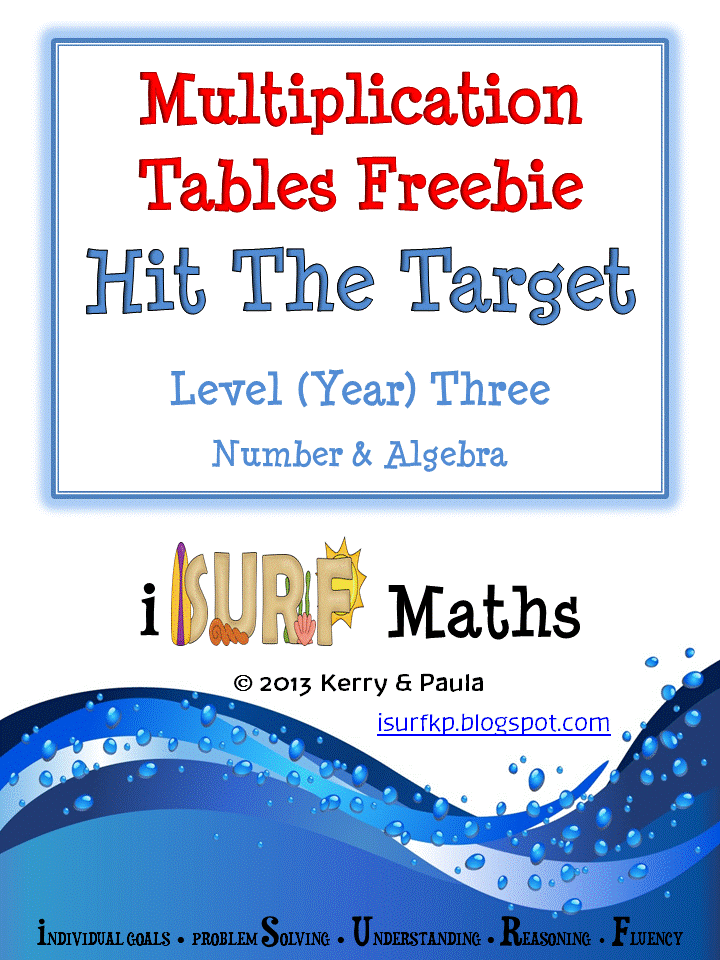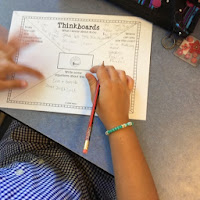This week we are sharing a Multiplication Tables Freebie...
Hit The Target
Students complete the ‘Hit The Target’ task as a way of identifying their multiplication strengths and areas for improvement.
Instructions:
• Print one ‘Hit The Target’ sheet per student
• Students complete as many of the multiplication facts as they can in 5 minutes (or less)
• Use a stopwatch to track the time – students call out ‘stop’ when they are finished. The teacher calls out the time for them to record at the top of their sheet
• Students then colour the centre of the target to indicate their progress with that set of multiplication facts. This can then be used to set goals for individual learning.
Once students have identified their area of need – they can carry out an investigation of the specific multiplication facts they need to learn. This may include; looking for number patterns, investigating different strategies and identifying the strategy that best supports their own learning.
This Multiplication Tables Freebie can also accompany our
iSURF Multiplication Tables Level 3 unit of work.



































